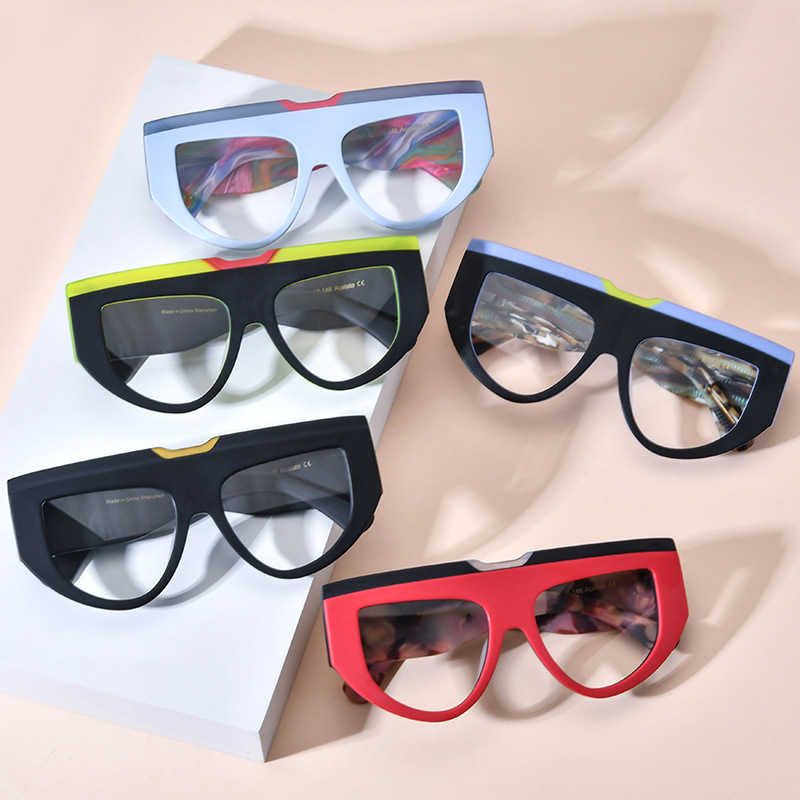Effect of refractive index on visual acuity in the aged
Lens thickness
For the elderly with high myopia or farsightedness, it is more appropriate to choose a lens with a high refractive index. The high refractive index lens can be thinner than the low refractive index lens at the same degree, which can not only reduce the weight of the glasses, make it more comfortable to wear, but also reduce the thickness of the lens edge to a certain extent, improve the appearance, and avoid the eye deformation caused by the lens is too thick, so as to improve the overall visual effect.
For the elderly with mild myopia or farsightedness, the thickness of low-refractive index lenses is also within the acceptable range, and the price is relatively low, which is a more affordable choice, and will not have a significant impact on vision due to excessive thickness of the lenses.

Light refraction
The higher the refractive index, the stronger the refraction ability of light in the lens, which can correct vision problems more effectively. For the elderly common problems such as far-sightedness, myopia and astigmatism, high refractive index lenses can better focus the light on the retina, make the image of the object clearer, help improve vision, let the elderly see more clearly, reduce visual fatigue.
However, if the refractive index is not selected properly, such as wearing a lens with a high refractive index for the elderly with a low degree, it may lead to excessive light refraction, resulting in some aberrations and other problems, affecting the visual quality.
Influence of Abbe number on visual acuity in the aged
Dispersion phenomenon
The Abbe number reflects the ability of the lens to disperse light, and the higher the abbe number, the less obvious the dispersion phenomenon. The eyes of the elderly are relatively low sensitivity to color and contrast, and high abbe number lenses can reduce dispersion, make the object color they see more real and natural, the color edge is clearer, improve visual comfort and clarity, and help them better distinguish objects and the environment.
If the Abbe number is too low, such as the Abbe number of PC lenses is generally around 30, when using this lens, the elderly may see colored halos at the edge of the object, especially in more complex light environments, such as looking at lights at night or looking at objects in the sun, this dispersion phenomenon will be more obvious, easy to cause visual interference, affecting vision and visual experience. Long-term use may also increase eye strain.
Visual quality
Lenses with high abbe number can provide clearer and purer visual effects, helping the elderly to carry out fine visual activities, such as reading and embroidery. It can make the edge of the image sharper, reduce blur and distortion, make the vision of the elderly more acute, improve the quality of life.
The lens with low abbe number will greatly reduce the visual effect, and the image may appear fuzzy, double shadow and other phenomena, which will further affect their visual function and increase the inconvenience in life for the elderly who have a decline in vision.
Post time: Mar-03-2025